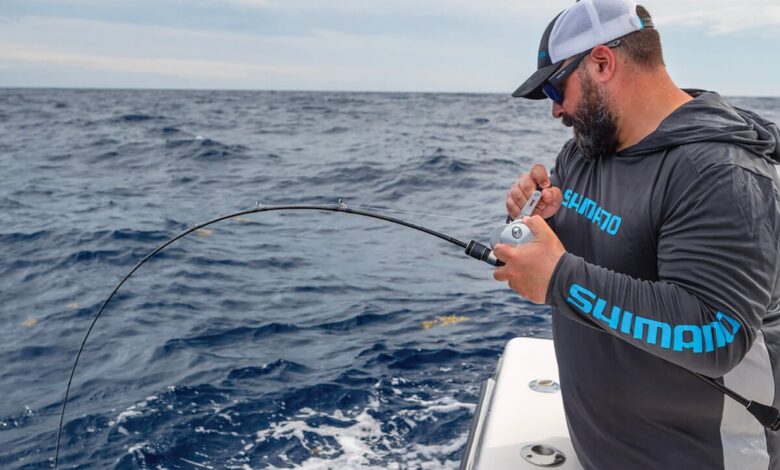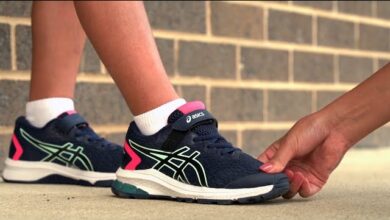Improve Your Fishing Technique: A Comprehensive Guide

Fishing is not just about luck; it’s an art that requires skill, patience, and the right techniques. Whether you are a novice or a seasoned angler, continually improving your fishing technique can lead to more successful and enjoyable fishing trips. In this guide, we will delve into various aspects of fishing to help you enhance your skills and maximize your catches.
Understanding the Basics of Fishing
Before you can improve your Fishing Technique, it’s essential to have a solid understanding of the fundamentals. Fishing encompasses a variety of methods and styles, each requiring specific equipment and knowledge. From freshwater to saltwater fishing, from using a simple rod and reel to fly fishing, knowing the type of fishing you want to engage in is crucial. Additionally, familiarizing yourself with the basic fishing gear, such as rods, reels, lines, and hooks, is the foundation of any successful fishing endeavor.
Fishing regulations and conservation practices are also critical components of responsible angling. Every region has specific rules regarding the types of fish that can be caught, the size limits, and the seasons during which fishing is permitted. Abiding by these regulations not only helps preserve fish populations but also ensures a sustainable and ethical fishing experience for future generations.
“Mastering the basics of fishing lays the foundation for advanced techniques and greater success.”
Advanced Casting Techniques
Once you’ve mastered the basics, advancing your casting technique can significantly impact your fishing success. Precision and accuracy in casting are crucial, especially when targeting specific areas where fish are likely to be found. Techniques such as the overhead cast, sidearm cast, and roll cast each have their unique advantages depending on the fishing environment and conditions.
Improving your casting distance can also be beneficial, particularly in situations where fish are further from the shore or boat. Practice makes perfect, and spending time refining your casting technique can lead to better placement of your bait or lure, increasing the likelihood of a catch. Additionally, understanding how to adjust your casting approach based on wind conditions and other environmental factors can greatly enhance your overall effectiveness.
Casting accuracy is not solely about distance; it’s about placing your bait or lure in the optimal spot to attract fish. Factors such as water depth, current, and underwater structures like rocks or vegetation can influence where fish are hiding. By practicing different casting techniques and adapting to various conditions, you can improve your ability to reach these prime fishing spots.
Choosing the Right Bait and Lures
The type of bait or lure you use can make a big difference in your fishing results. Fish are attracted to different types of bait depending on their species, the time of year, and the water conditions. Natural baits like worms, minnows, and insects can be highly effective, but artificial lures, such as spinners, jigs, and crankbaits, offer versatility and ease of use.
When selecting bait, consider the behavior and diet of the fish species you are targeting. For example, bass are known to go after larger, more active prey, making lures that mimic the movement of injured fish particularly effective. In contrast, trout may be more attracted to smaller, more subtle bait presentations.
Different types of lures are designed to mimic the appearance and movement of prey in various ways. Spinners create flash and vibration that can attract fish from a distance, while jigs are excellent for bottom fishing and can be used to target specific depths. Crankbaits, on the other hand, are versatile and can be used to cover a lot of water quickly, making them ideal for searching for active fish.
Experimenting with different types of bait and lures can help you determine what works best in your fishing environment. Pay attention to the success rates of each type and make adjustments based on the conditions and the fish you are targeting.



